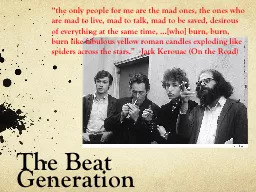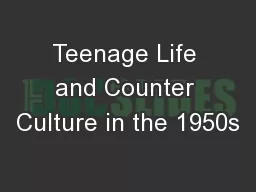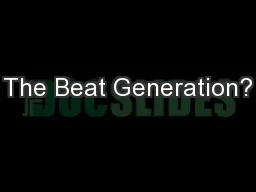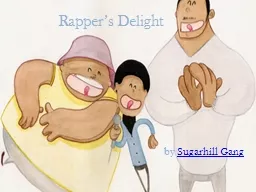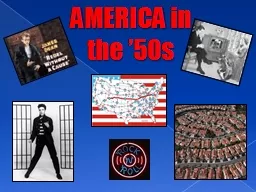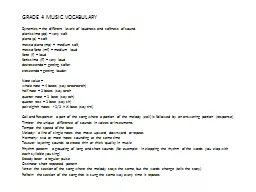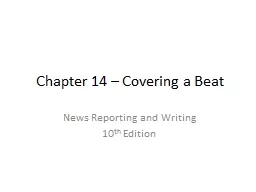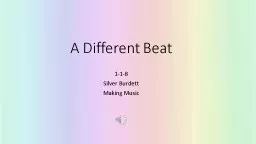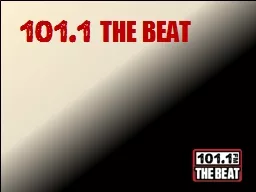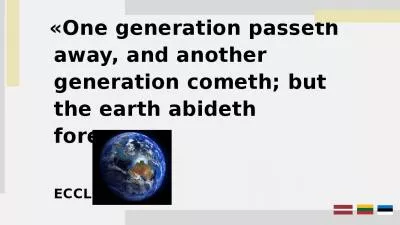PPT-The Beat Generation
Author : cheryl-pisano | Published Date : 2016-12-01
the only people for me are the mad ones the ones who are mad to live mad to talk mad to be saved desirous of everything at the same time who burn burn burn like
Presentation Embed Code
Download Presentation
Download Presentation The PPT/PDF document "The Beat Generation" is the property of its rightful owner. Permission is granted to download and print the materials on this website for personal, non-commercial use only, and to display it on your personal computer provided you do not modify the materials and that you retain all copyright notices contained in the materials. By downloading content from our website, you accept the terms of this agreement.
The Beat Generation: Transcript
Download Rules Of Document
"The Beat Generation"The content belongs to its owner. You may download and print it for personal use, without modification, and keep all copyright notices. By downloading, you agree to these terms.
Related Documents

